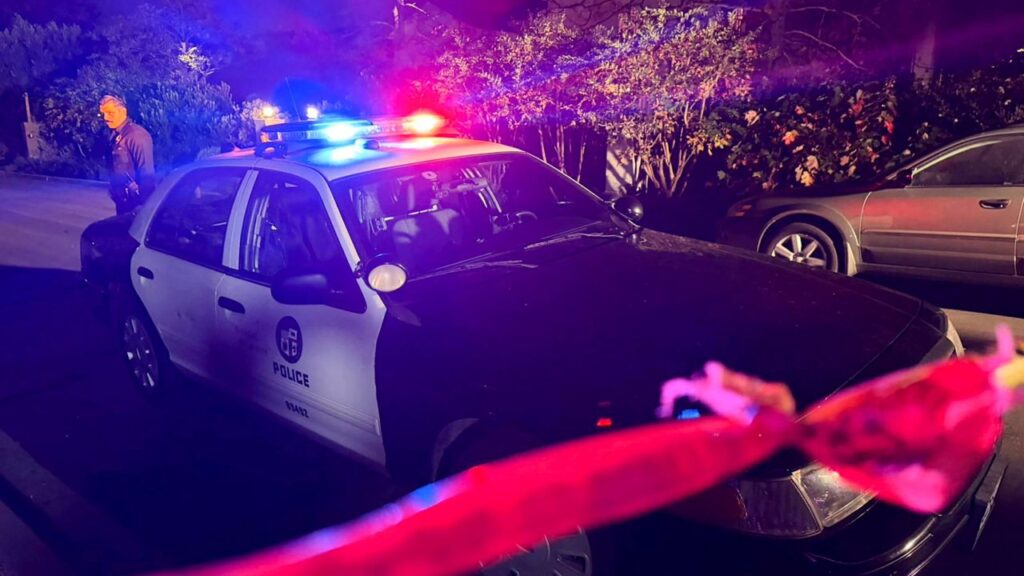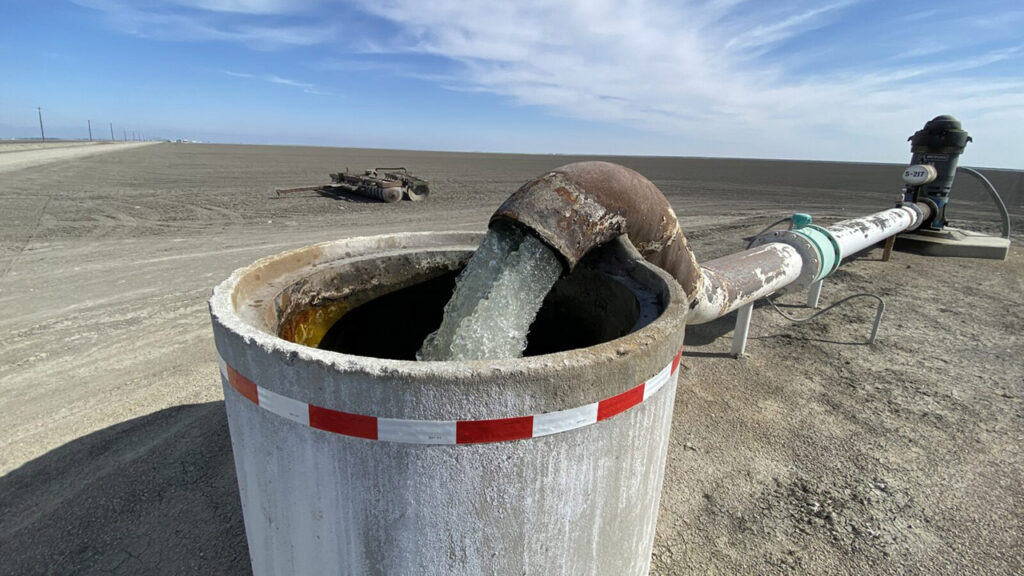Share
While 2018 has been a pivotal year in California’s political history – particularly the Republican Party’s losing half of its congressional seats – 2019 may be even more significant.

Opinion
Dan Walters
CALmatters Commentary
Newsom will be the first Democrat to succeed a Democratic governor in more than a century, which means he doesn’t have to hastily form a new administration and get rid of Republican appointees to hundreds of positions, as Jerry Brown did in 1975 and Gray Davis did in 1999.
That, coupled with not having to deal with a severe budget crunch on inauguration day like most other new governors, gives Newsom the luxury of easing into the job.
Whether Newsom takes his time is something to watch, given that he’s demonstrated a certain penchant for impulsive moves, both personal and political, in the past.
We’ll get some clues to how Newsom approaches governing the nation’s most populous and economically significant state in the first month, as he delivers his inauguration speech, introduces a proposed 2019-20 budget just three days later, then tells lawmakers what he wants them to do in a State of the State address.
Shameful Highest-in-the-Nation Poverty Rate
Will he focus on Californiacentric issues, such as the state’s shameful highest-in-the-nation poverty rate and the housing crisis that fuels poverty, or will he take advantage of his moment in the media spotlight to create a more national political identity?
Naturally, a relatively young and obviously glib new governor of California joins the informal list of potential White House candidates, if not in 2020 then in some future presidential year.
That’s what happened to Jerry Brown when he became governor in 1975 and 14 months later, was campaigning for president. While Newsom is highly unlikely to immediately jump into the crowded Democratic field of would-be presidents, it’s always out there.
From a purely political standpoint, his presidential ambitions, whatever they may be, would be best served by Donald Trump’s re-election in 2020, which would then open an opportunity for Newsom in 2024, midway through his second and final term as governor.
Even if Newsom’s not in the mix for 2020, California will be, thanks to moving its presidential primary from June to March.
Full-Blown Presidential Campaign Efforts in California
The dozen-plus Democrats who are humming “Hail to the Chief” to themselves cannot just continue treating California as a political ATM while ignoring the state’s voters because there’s a huge trove of convention delegate votes to be claimed.
Los Angeles Mayor Eric Garcetti also has been making noises about running and both Californians obviously see the opportunity for making a splash nationally by doing well in their home state’s primary.
Californians are likely, therefore, to be treated – or subjected – to full-blown presidential campaign efforts in California this year because mail-in ballots for the March 2020 primary will be distributed about 13 months from now.
It will be interesting to see how presidential hopefuls campaign in such a large and complex state — particularly how they appeal to the state’s very blue voters on such hot-button issues as immigration, gun control and health care without alienating the more conservative Democrats in other early primary states, especially those in the South.
CALmatters is a public interest journalism venture committed to explaining how California’s state Capitol works and why it matters. For more stories by Dan Walters, go to Commentary.
RELATED TOPICS:
Categories

Hollywood Director Rob Reiner and His Wife Are Found Dead

















